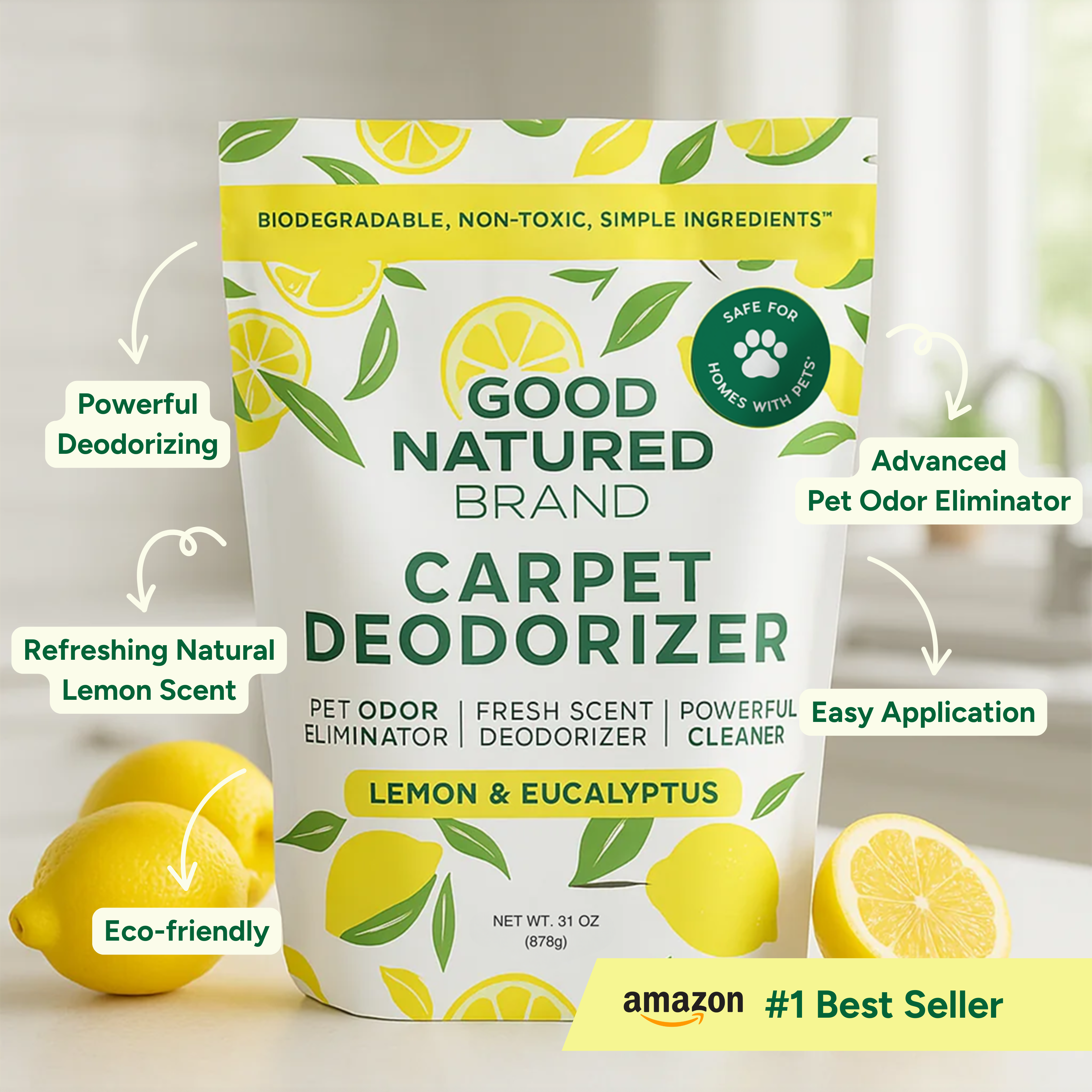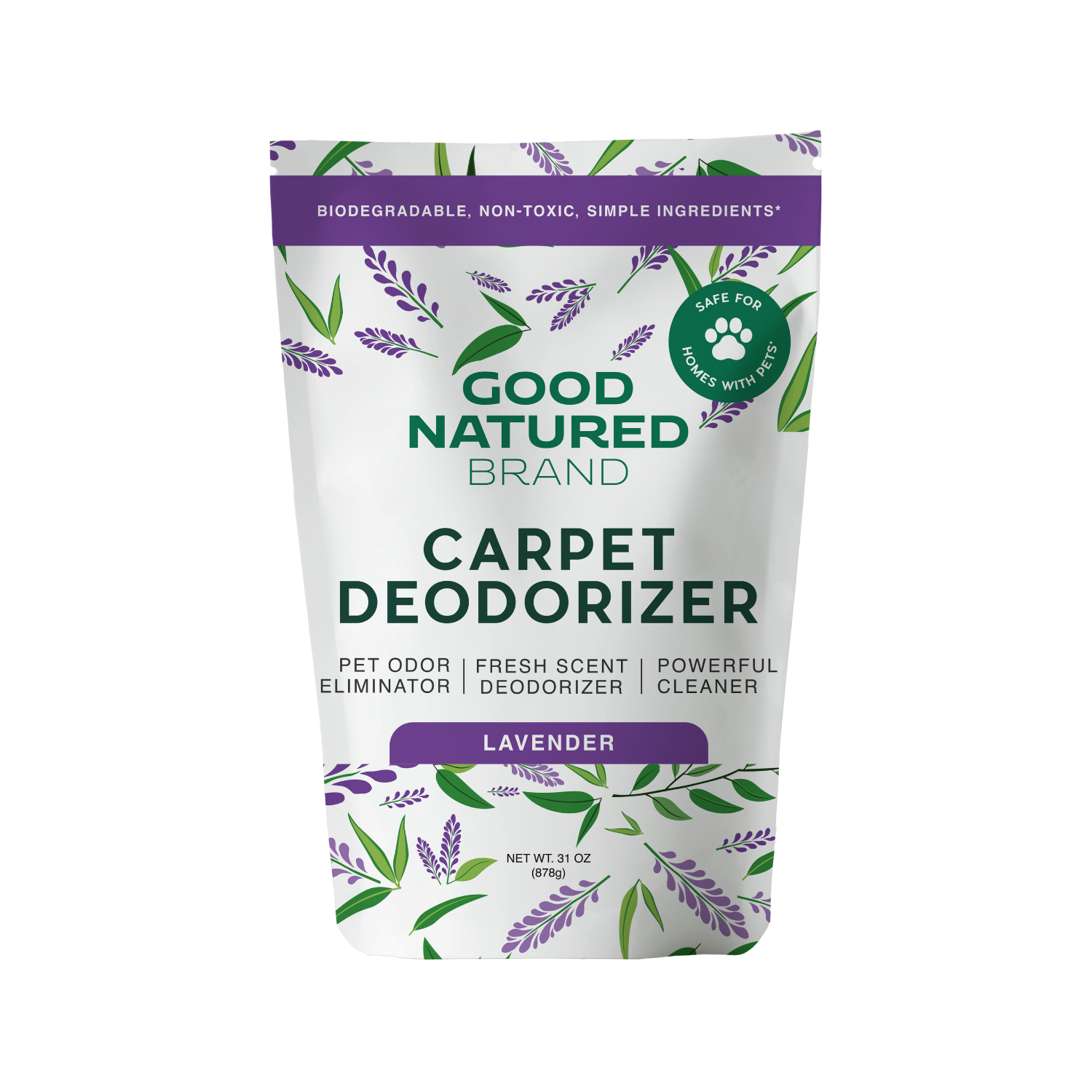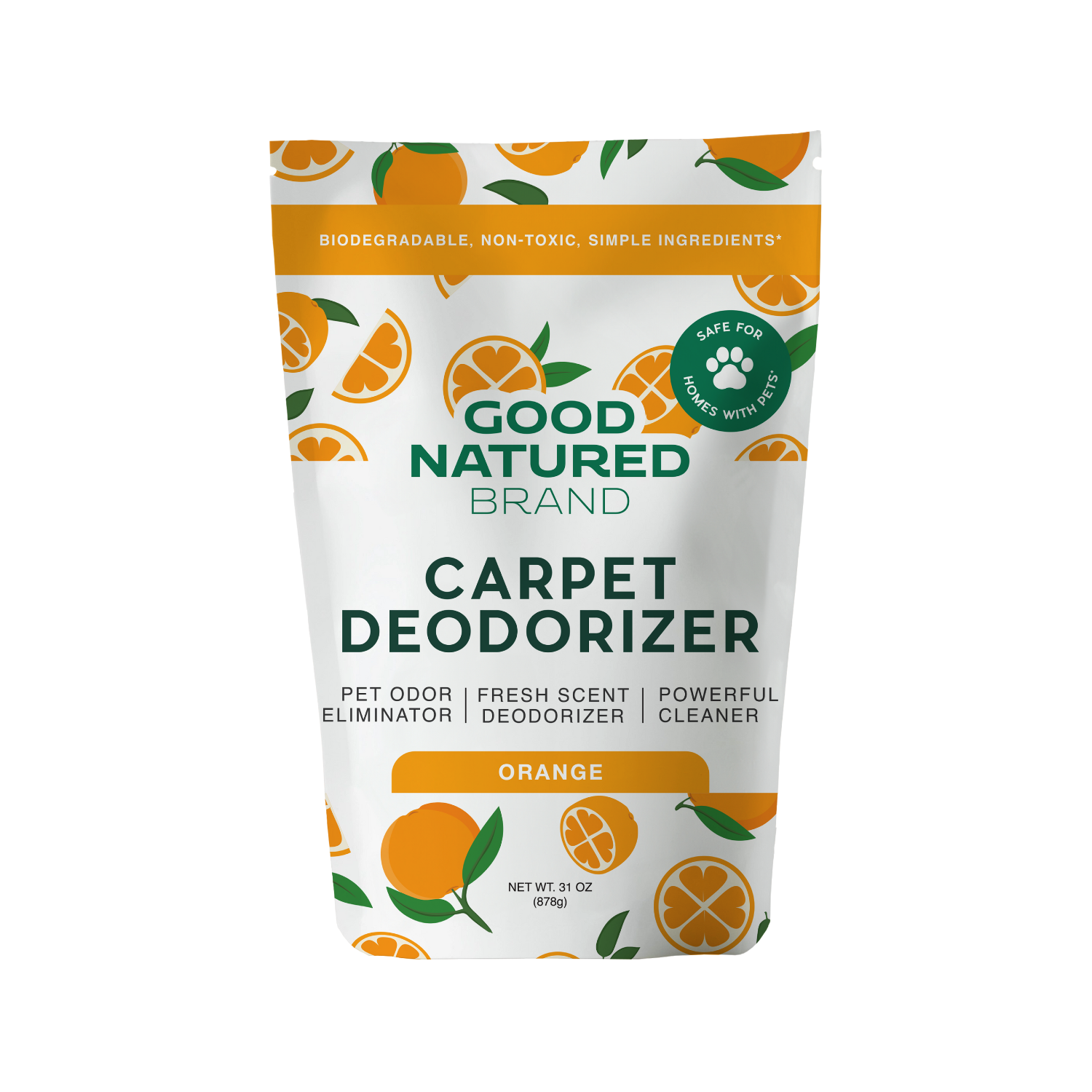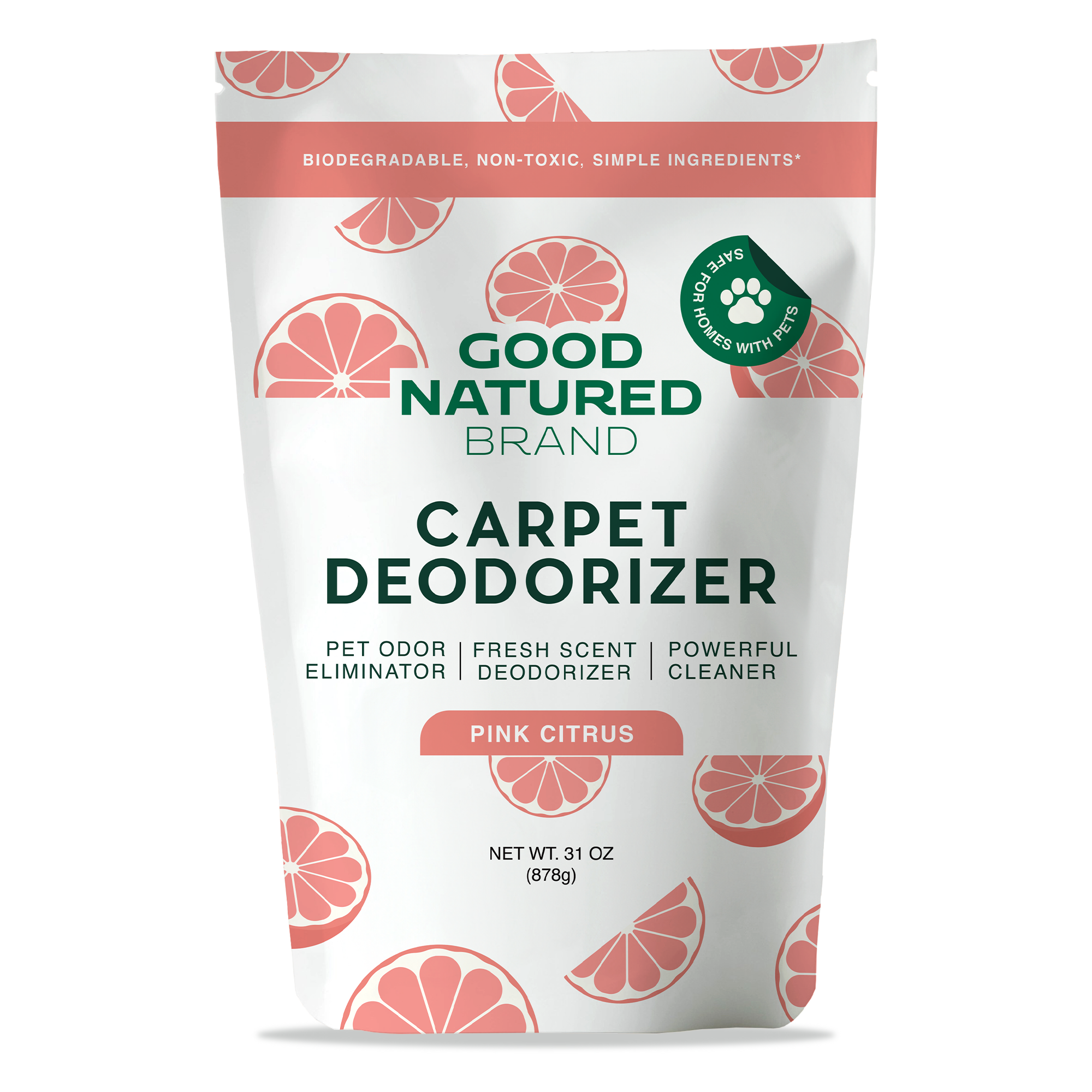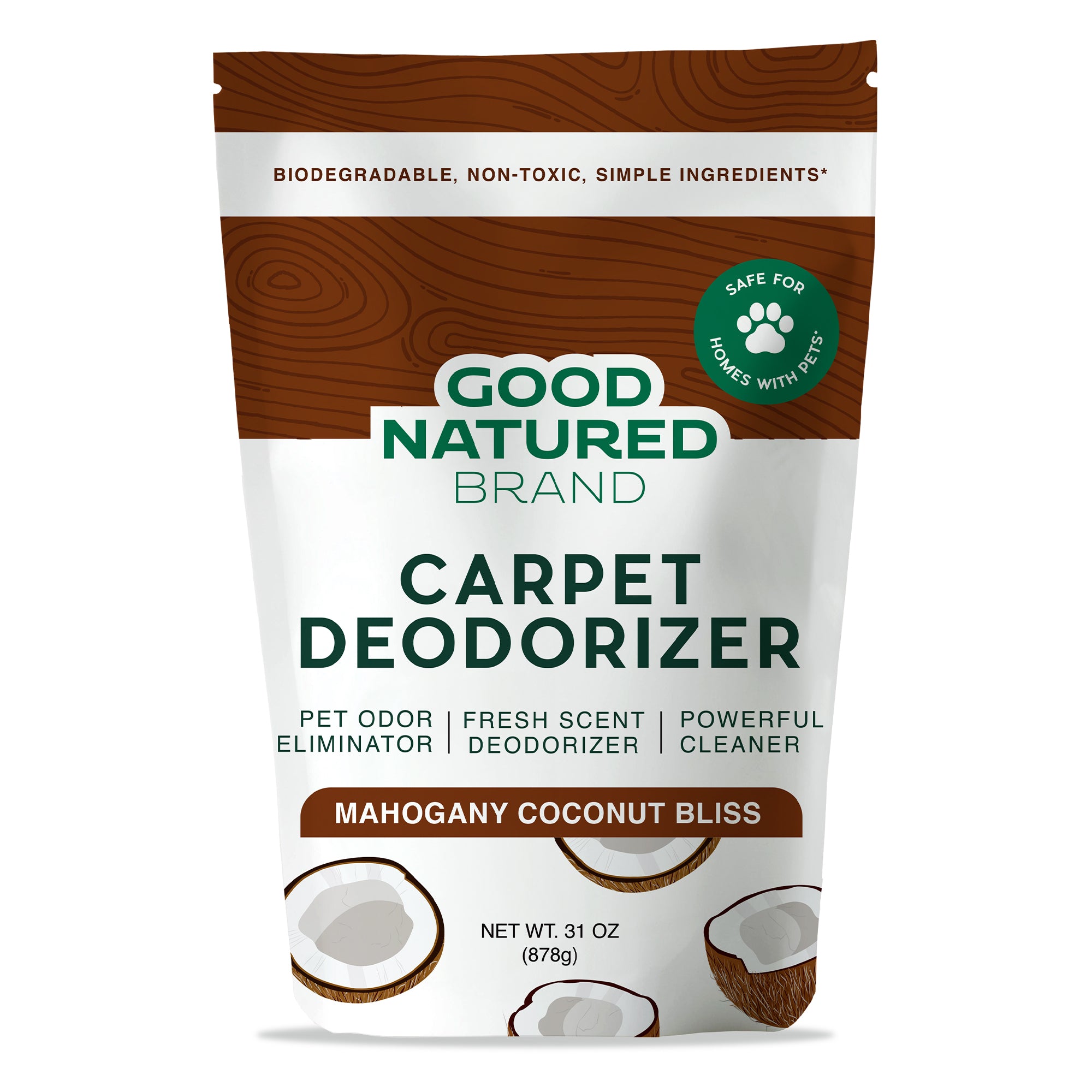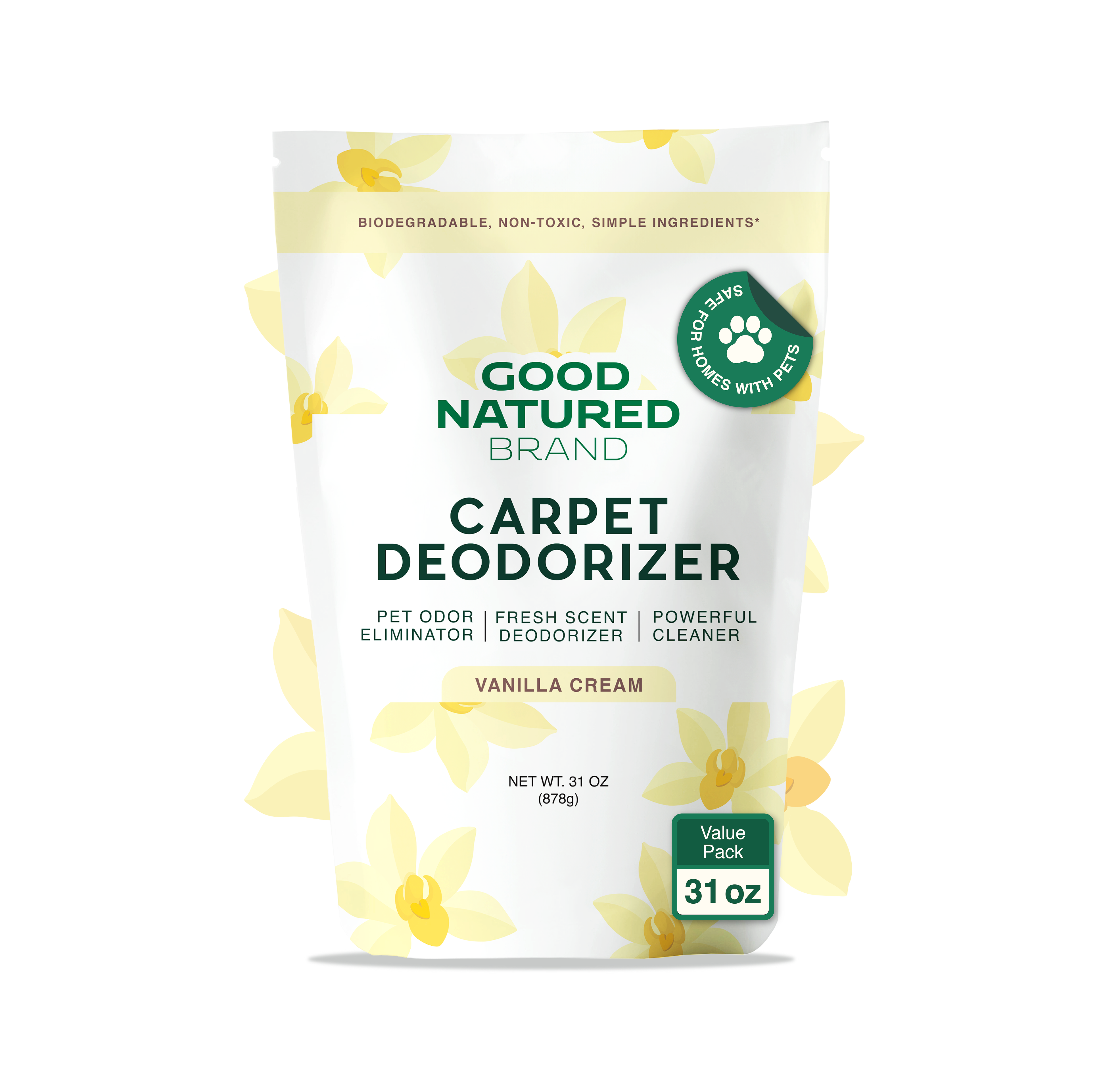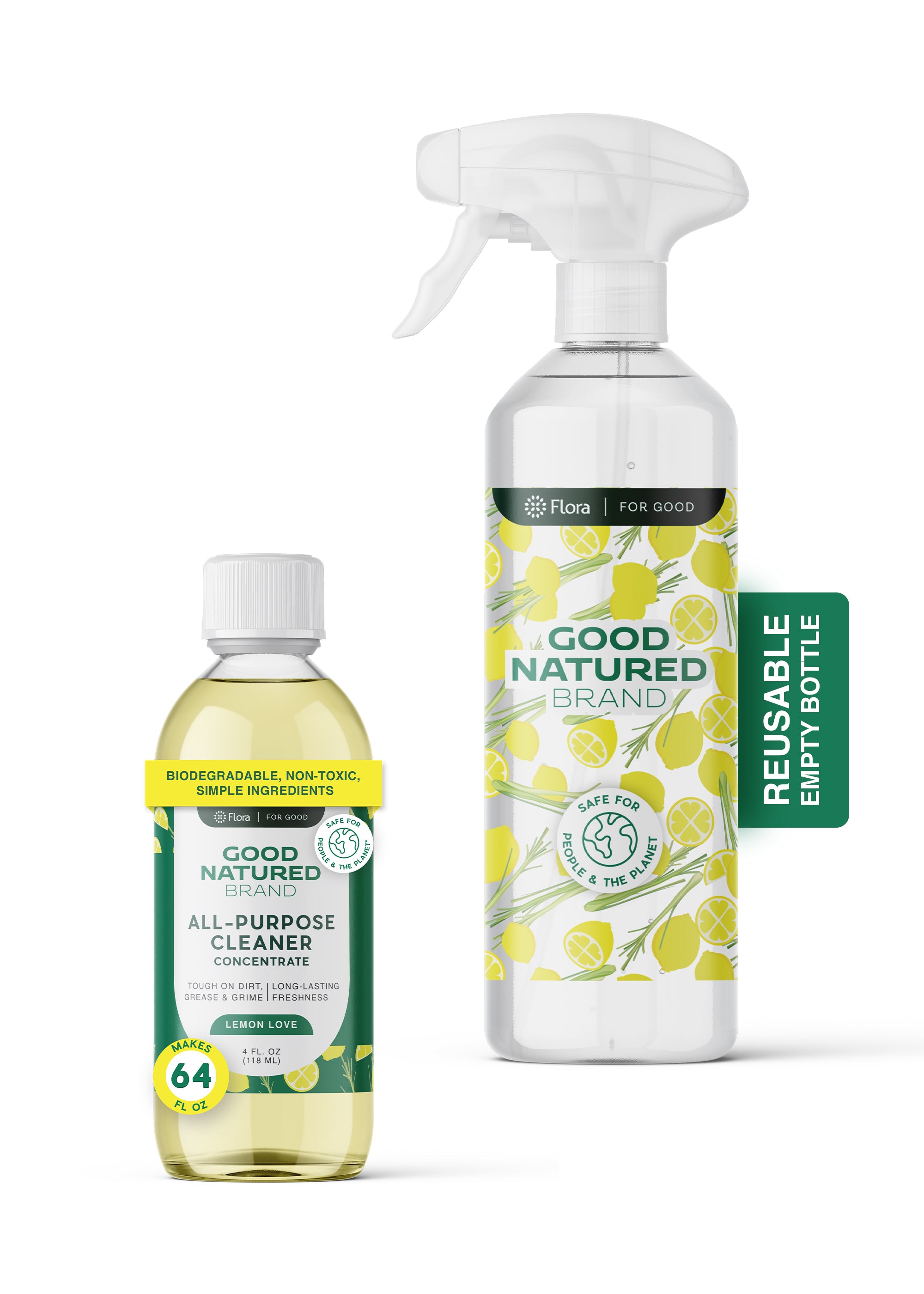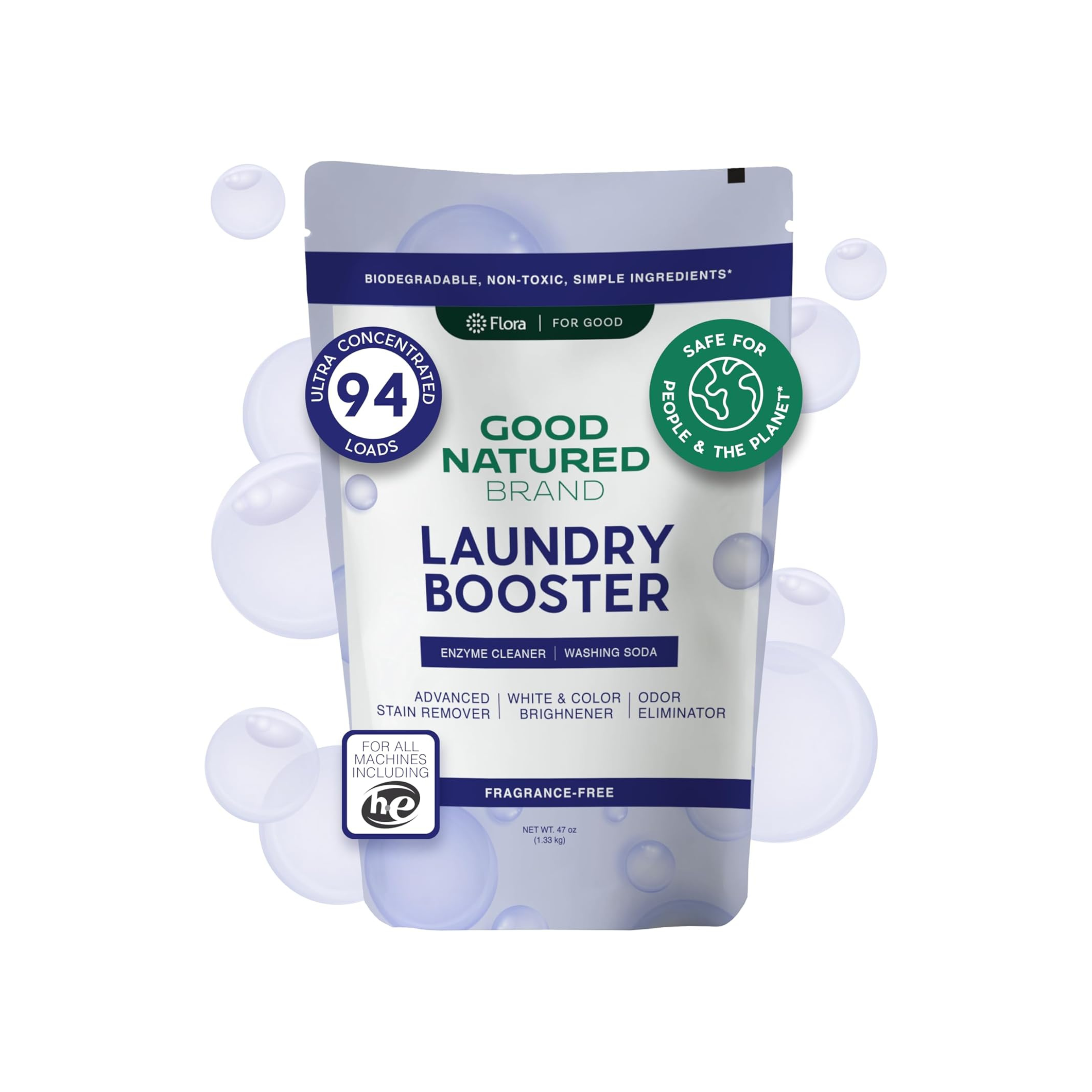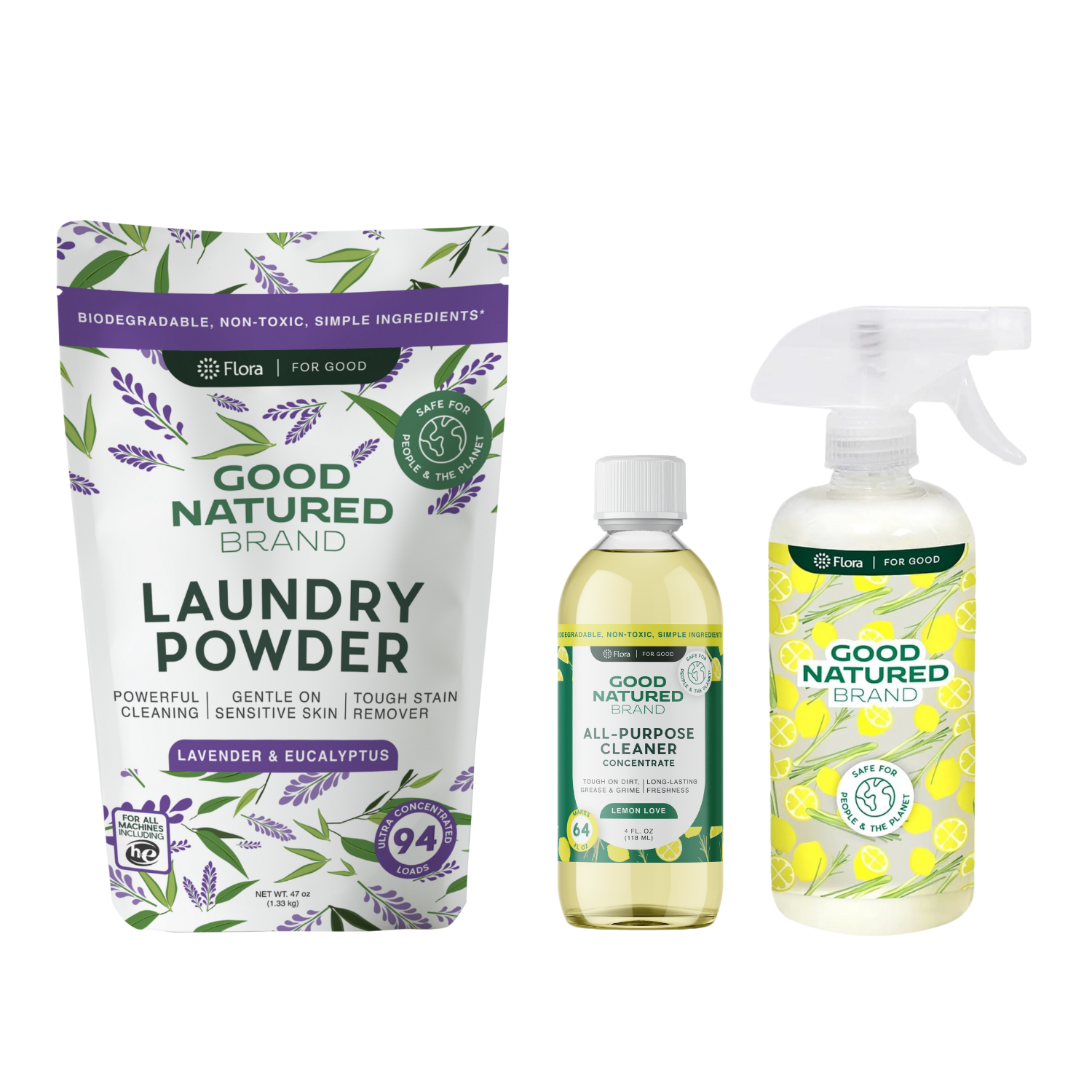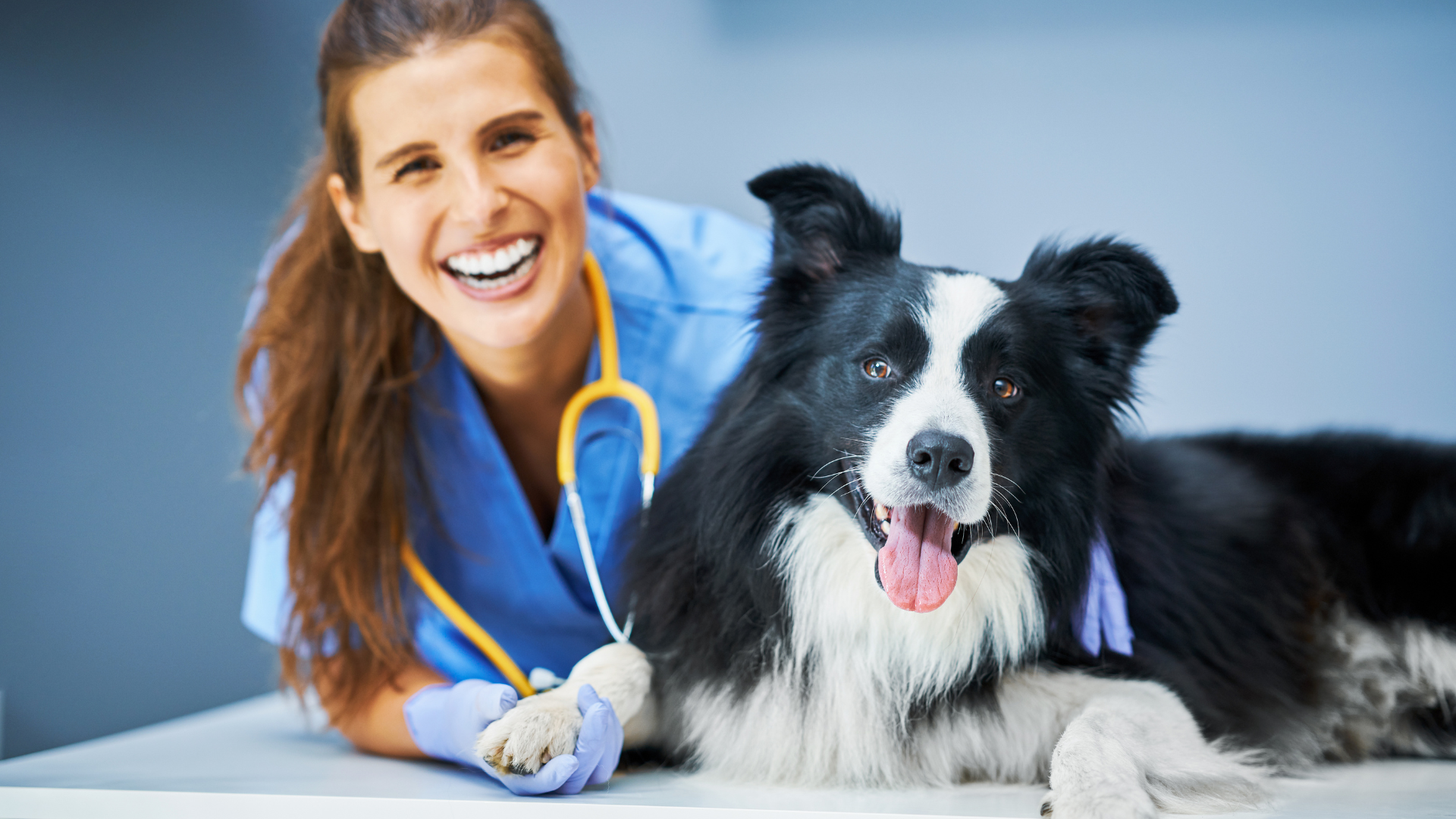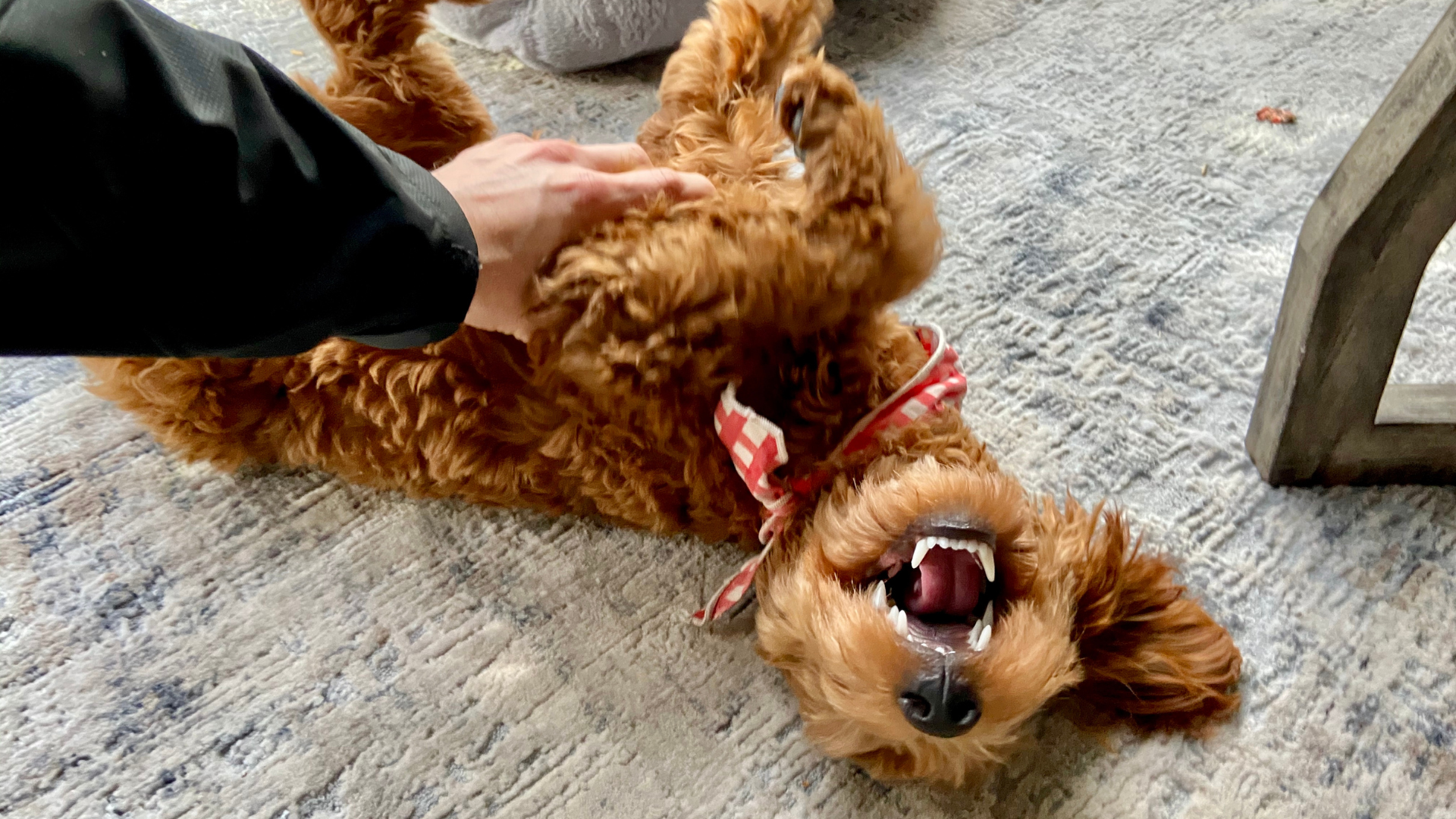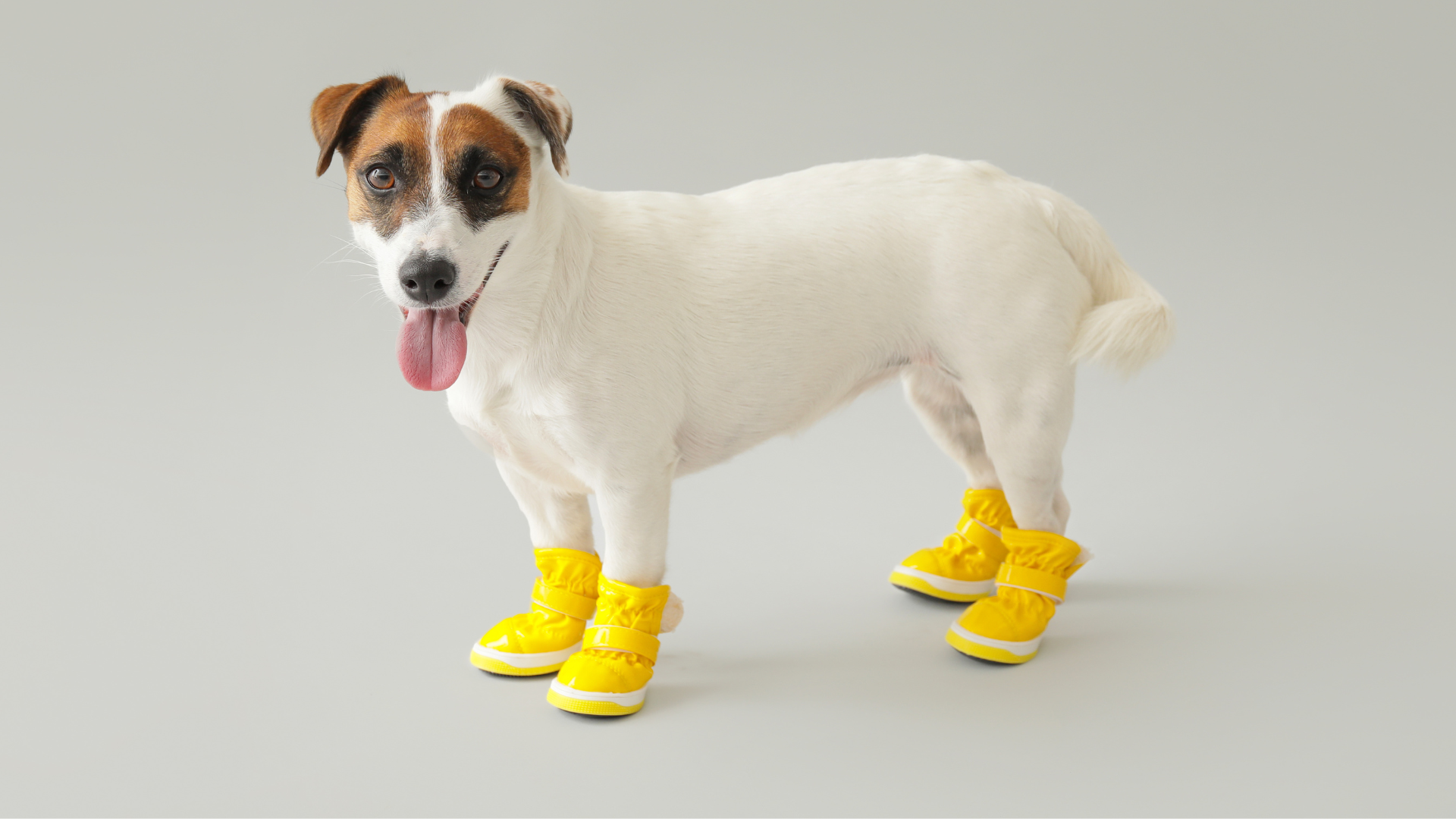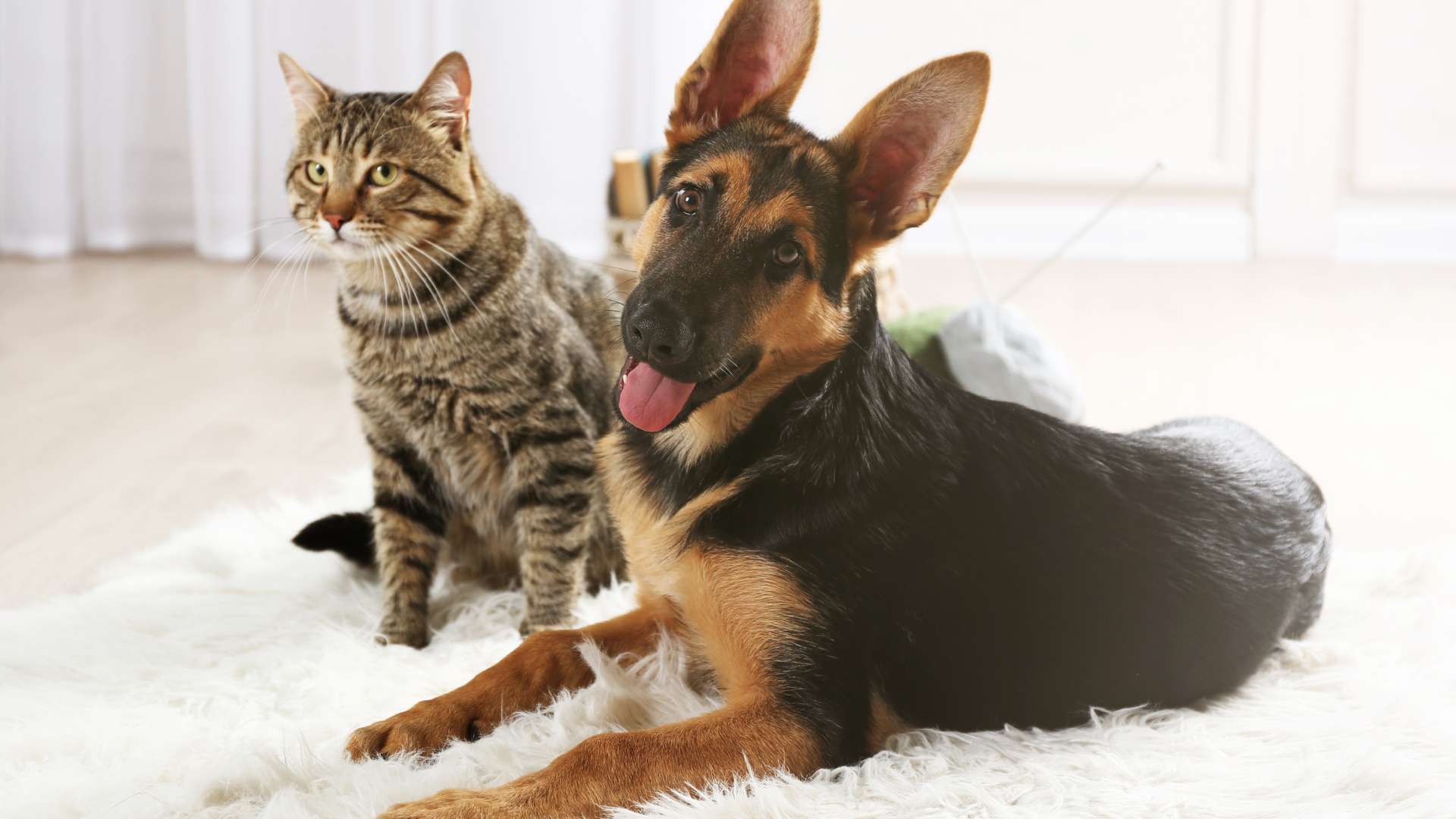If you’ve ever found your dog begging for a handful of mixed nuts or caught them sneaking a fallen peanut from the floor, you’ve probably wondered: Are nuts safe for dogs? This is a common question among pet parents, and for good reason. While some nuts are harmless in small amounts, others can be dangerous or even toxic to dogs.
Understanding which nuts are safe, which are harmful, and how to protect your dog from accidental ingestion is crucial to keeping them healthy. In this guide, we’ll explore everything you need to know about dogs and nuts—covering nutritional benefits, potential risks, symptoms of toxicity, and more.
For additional pet wellness and home care advice, check out the Good Natured Brand Blog, where we share helpful tips on creating a cleaner, safer home for pets.
Are Nuts Safe for Dogs to Eat?
Nuts are nutrient-dense snacks for humans, loaded with healthy fats, protein, and fiber. But dogs process foods differently, and what’s healthy for us can sometimes be risky for them. When it comes to dogs and nuts, the answer isn’t black and white—it depends on the type of nut, how it’s prepared, and how much is eaten.
While some nuts can be given occasionally as treats, others are toxic or present choking hazards. Even safe nuts can be problematic because of their high fat content, which can contribute to Pancreatitis, Obesity, and gastrointestinal upset. Also, salted or flavored nuts can contain ingredients like garlic, onion powder, or Xylitol, all of which are toxic to dogs.
In short: Nuts aren’t necessary for a dog’s diet, and they’re best treated as occasional, small snacks—if they’re safe types.
Nuts That Are Generally Safe for Dogs
A few nut varieties are considered relatively safe for dogs when given occasionally and in very small amounts. These should always be unsalted, unsweetened, and free from any coatings or flavorings.
Peanuts
Peanuts are the most commonly offered nut to dogs. Technically legumes, they are safe in moderation as long as they’re plain, unsalted, and shelled. Peanut butter (without xylitol) can also be a fun treat or a way to hide pills. Because peanuts are high in fat, they should only be given sparingly.
Cashews
Cashews can be safe for dogs when offered in very small amounts. They contain beneficial nutrients like magnesium and antioxidants, but they are also high in fat and calories. Always give them unsalted and never roasted in oil or butter.
Hazelnuts
Hazelnuts are not toxic to dogs, but they are the perfect size to become a choking hazard or cause an intestinal blockage—especially in small breeds. If given, they should be fresh, unsalted, and offered one at a time under supervision.
Almonds
Almonds are technically not toxic, but most dogs don’t digest them well. They can cause gastrointestinal upset, and their size makes them a choking risk. If you do offer almonds, make sure they are plain, unsalted, and finely chopped to reduce the risk.
Serving Tips for Safe Nuts
-
Always serve in small amounts as an occasional treat.
-
Supervise your dog while eating nuts to prevent choking.
-
Never give nuts coated in chocolate, sugar, salt, honey, or spices.
-
Introduce any new food gradually and watch for signs of Food allergy, such as itching or stomach upset.
Nuts That Are Toxic or Dangerous to Dogs
While a few nuts are safe, many are dangerous and should always be avoided. Some are directly toxic, while others carry risks of mold, choking, or extreme fat content that can lead to serious health problems.
Macadamia Nuts
Macadamia nuts are highly toxic to dogs, even in small amounts. They can cause vomiting, weakness, tremors, and Hyperthermia. Symptoms usually appear within 12 hours of ingestion and can last up to 48 hours. Never give your dog macadamia nuts or foods that contain them.
Walnuts
Walnuts are risky for multiple reasons. Moldy walnuts can produce tremorgenic mycotoxins, which may lead to Tremorgenic mycotoxin poisoning, seizures, or neurological symptoms. Even fresh walnuts are large enough to cause intestinal blockage in small dogs.
Pecans
Pecans contain juglone, a compound also found in moldy walnuts, and are prone to mold contamination. They are also high in fat, which can trigger Pancreatitis. It’s best to keep them out of your dog’s diet entirely.
Pistachios
Pistachios are not directly toxic, but they are high in fat and often carry mold spores that can harm dogs. Their small size also makes them a choking hazard, especially when given in the shell.
Brazil Nuts
Brazil nuts are extremely high in fat and can quickly cause digestive upset or contribute to weight gain. Even though they are not technically toxic, their fat content makes them unsuitable for dogs.
Chestnuts
Chestnuts (the edible kind, not Horse chestnuts which are toxic) can cause blockages if swallowed whole. Dogs also have trouble digesting their starchy content, leading to gas or diarrhea.
Symptoms of Nut Toxicity in Dogs
Knowing the signs of nut toxicity can help you act quickly if your dog accidentally eats something dangerous. Contact your vet or the ASPCA Animal Poison Control Center immediately if your dog shows any of these symptoms:
-
Vomiting or diarrhea
-
Lethargy, weakness, or tremors
-
Disorientation or lack of coordination
-
Loss of appetite
-
Abdominal pain or bloating
-
Seizures (in severe cases)
Prompt veterinary care can make a major difference in recovery, especially with toxic nuts like macadamias or moldy walnuts.
Can Dogs Develop Allergies to Nuts?
Just like humans, dogs can develop food allergies. Although nuts are not among the most common allergens for dogs, it’s still possible. Symptoms of a nut-related Food allergy include:
-
Itchy skin or paws
-
Red, inflamed skin or hives
-
Ear infections
-
Chronic licking or scratching
-
Gastrointestinal upset
If your dog shows any of these signs after eating nuts, stop feeding them and contact your veterinarian. They may recommend an elimination diet or allergy testing to confirm the cause.
How to Prevent Dogs From Eating Dangerous Nuts
Prevention is the most effective way to protect your dog from nut-related hazards. Most nut poisoning or blockages happen accidentally, often when a dog sneaks a snack from the floor or counter.
Keep Nuts Out of Reach
Store all nuts—especially mixed nuts or trail mixes—securely in closed cabinets or sealed containers. Dogs are natural foragers, and many can open loose bags or knock bowls off tables when unsupervised.
Avoid Sharing Human Foods With Nuts
Many baked goods, desserts, and snacks contain hidden nuts or nut-based oils. Even if the amount seems small, certain types like Macadamia nuts or Walnuts can be toxic even in trace amounts. Avoid feeding your dog human cookies, brownies, granola, or trail mix.
Teach “Leave It” and “Drop It” Commands
Training your dog to respond to basic safety commands like “leave it” or “drop it” can prevent accidental ingestion if they grab something they shouldn’t. Practice these commands regularly with safe items and reward them for obeying.
What to Do If Your Dog Eats Nuts
Even with precautions, accidents can happen. Acting quickly can reduce the risk of serious complications.
Step One: Identify What and How Much Was Eaten
Determine the type of nut your dog consumed and how much. This information will be crucial for your veterinarian or the ASPCA Animal Poison Control Center if you call for help.
Step Two: Remove Remaining Nuts
If your dog still has nuts in their mouth or nearby, remove them immediately and secure the area to prevent further access.
Step Three: Contact a Veterinarian
Call your vet or an emergency clinic as soon as possible. If your dog ate toxic nuts such as Macadamia nuts, moldy Walnuts, or Pecans, prompt medical attention can prevent life-threatening complications. Follow their instructions carefully, and do not try to induce vomiting unless directed by a professional.
Step Four: Monitor Your Dog Closely
Watch for signs of nut toxicity such as vomiting, diarrhea, lethargy, tremors, weakness, or loss of coordination. Early intervention leads to faster recovery and fewer complications.
Cleaning Up After Nut-Related Accidents
If your dog vomits or has diarrhea indoors after eating nuts, cleaning thoroughly is essential to protect both your home and your pet. Dogs have a strong sense of smell and may revisit the same spot if odors remain. Using pet-safe cleaning products ensures safety while removing all traces of waste.
Step-by-Step Cleanup Method
-
Remove Solids Promptly
Put on gloves and carefully pick up any vomit or feces with paper towels or a scoop. Dispose of it in a sealed bag to prevent lingering odors. -
Blot and Wash the Area
On carpets or rugs, gently blot up moisture without rubbing, which can spread stains. For hard surfaces, wipe away residue with warm soapy water. -
Deodorize the Area Thoroughly
To eliminate any lingering odor markers, apply a pet-safe Carpet Deodorizer to carpets or rugs, let it sit, then vacuum it up.
If bedding, blankets, or towels were soiled, wash them with Laundry Powders to lift odors and stains effectively.
For hard floors, tile, or sealed wood, clean with a All-Purpose Cleaner that’s safe for pets, removing bacteria and scent traces. -
Prevent Repeat Incidents
Block access to the cleaned area temporarily so your dog isn’t drawn back by residual scents. Cover it with furniture or use a pet deterrent spray until your dog’s digestion returns to normal.
Why Deep Cleaning Matters
Dogs often return to places where they detect past odors. By completely removing scent markers, you break the association and prevent re-soiling. Plus, keeping your home clean and odor-free supports a healthy environment for everyone.
Healthy Alternatives to Nuts for Dogs
Instead of risky nuts, offer safer, dog-friendly snacks that provide flavor and nutrition without the danger.
Dog-Safe Fruits
Fruits like Blueberries, Apples (no seeds), Bananas, and Strawberries are packed with antioxidants, fiber, and natural sweetness. They’re low in fat and make great training treats when cut into small pieces.
Crunchy Vegetables
Many dogs love the satisfying crunch of Carrots, Green beans, and Cucumber slices. These low-calorie snacks support dental health and provide hydration.
Dog-Safe Nut Butters
If your dog loves nutty flavors, use plain peanut or almond butter (free of Xylitol and added salt or sugar) in very small amounts. Spread it inside a chew toy or use it as a pill-hiding treat.
High-Protein Dog Treats
Look for dog treats specifically formulated for pets, which offer the protein and taste of nuts without the associated dangers.
How to Safely Introduce New Foods Like Nuts to Your Dog
If you choose to offer small amounts of dog-safe nuts as an occasional treat, introduce them gradually.
-
Start with a tiny portion and observe your dog for signs of Food allergy such as itching, redness, or stomach upset.
-
Offer nuts only as an occasional treat, not as part of their regular diet.
-
Always consult your veterinarian before adding new human foods to your dog’s routine, especially if your dog has a history of Pancreatitis, Obesity, or gastrointestinal sensitivities.
Final Thoughts on Dogs and Nuts
When it comes to dogs and nuts, caution is key. While certain nuts like Peanuts or Cashews can be safe in tiny amounts, many others—such as Macadamia nuts, Walnuts, and Pecans—can be toxic or hazardous. Preventing access, responding quickly to accidental ingestion, and cleaning up thoroughly with safe, pet-friendly products like Carpet Deodorizers, Laundry Powders, and All-Purpose Cleaners will help keep your home healthy and your pup safe.
Most importantly, always prioritize your dog’s safety and well-being. Consult your veterinarian when in doubt, and choose treats that are made specifically for dogs. With the right knowledge and precautions, you can keep your furry friend happy, healthy, and nut-free.
For more tips on maintaining a clean, pet-friendly household, visit the Good Natured Brand main page.
